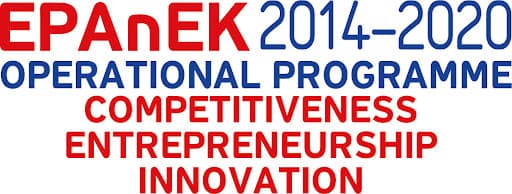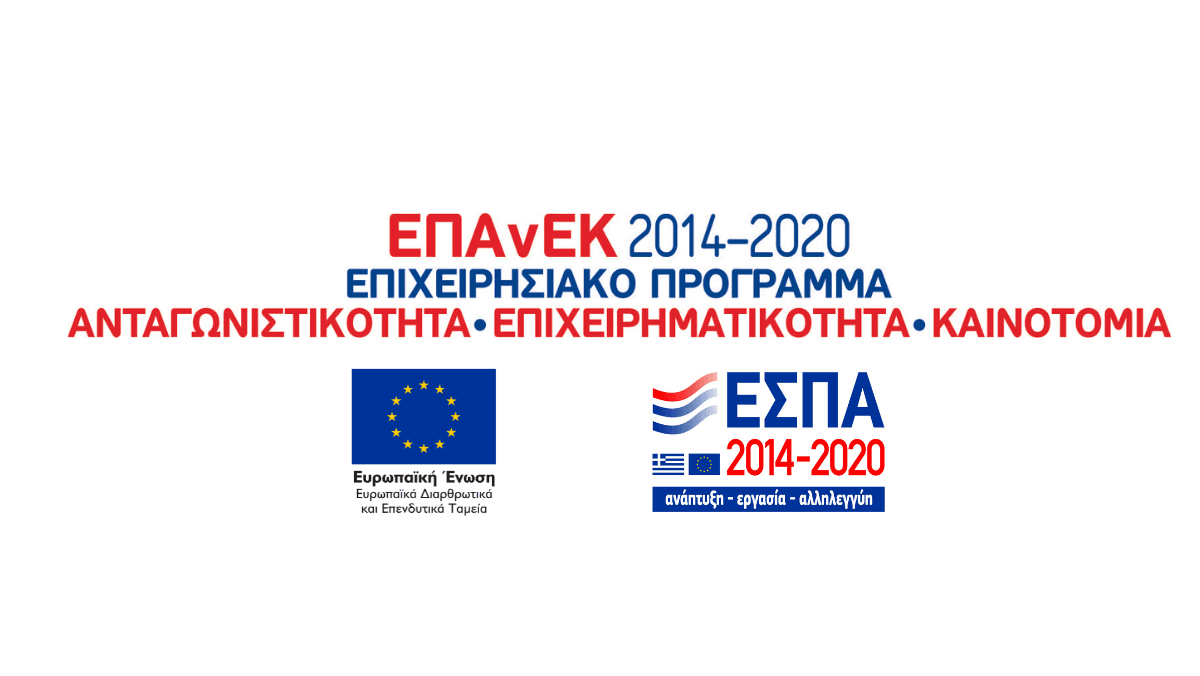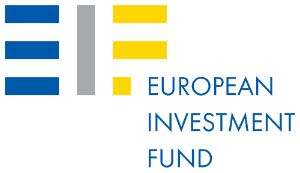Quality management in the construction industry is a cornerstone of project success, ensuring compliance with regulations, minimizing defects, and maintaining operational efficiency.
Construction projects, whether public infrastructure or private developments, require meticulous oversight at every phase.
Without a robust Quality Management System (QMS), firms risk delays, cost overruns, and non-compliance with stringent standards. In construction, poor quality control contributes to over 10% of project costs due to rework, yet many firms still rely on outdated paper-based inspections, exacerbating inefficiencies and errors.
A QMS provides a structured framework for monitoring construction processes, documenting critical checks, and resolving issues systematically. This guide offers a detailed, step-by-step approach to implementing a QMS in the construction industry, emphasizing practical applications—such as Construction Inspection Reports, phase specific critical point checks, and stakeholder collaboration.
It also highlights how Tekmon’s Integrated QMS can digitize and automate these processes for superior outcomes.
Book a Demo
Reach out to our team to discuss your processes and receive expert guidance on the next steps. Our team will facilitate a 30-minutes demo targeted to your needs
Why Quality Management is Essential in Construction
Construction operates under rigorous regulatory frameworks, where quality directly impacts safety, durability, and compliance. Poor quality control can lead to structural failures, legal penalties, and reputational damage. A QMS ensures that every stage of a project—from design to handover—adheres to specifications and standards. Below are three construction-specific reasons why a QMS is indispensable:
Ensuring Compliance with Standards and Regulations
Construction projects, especially government-funded ones, must comply with strict standards like ISO 9001 (Quality Management Systems), ISO 45001 (Occupational Health and Safety), and local building codes. For instance, a public project like the London Underground requires submission of Construction Inspection Reports (CIRs) to regulatory bodies. These reports document compliance with design specifications, such as wall height or material strength, and are critical for project approval.
Non-compliance risks include:
Project suspension or fines
Loss of certifications (e.g., ISO 9001)
Erosion of client trust
A QMS enables firms to track compliance in real time, automate CIR submissions, and ensure all critical points—such as foundation stability or structural load capacity—are verified at each phase.
Improving Quality and Reducing Defects
Defects in construction, such as misaligned masonry or substandard concrete, can delay timelines and inflate costs. Industry data suggest rework accounts for 5-15% of project budgets. A QMS mitigates these risks by enforcing:
Real-time checks during construction (e.g., verifying wall height against specifications)
Standardized inspections at critical milestones (e.g., foundation pouring, superstructure completion)
Early identification of non-conformities
Enhancing Operational Efficiency
Construction involves multiple stakeholders—principal owners, contractors, and consultants—whose coordination is vital. Without a centralized system, managing Construction Inspection Reports, contractor performance, and phase-specific documentation becomes chaotic. A QMS streamlines these processes by:
Digitizing checklists for critical points
Tracking contractor and supplier performance
Providing real-time data for decision-making
For instance, a QMS could generate a checklist summarizing the best-performing contractors, enabling firms to optimize future collaborations and workflows.
Step-by-Step Guide to Implementing QMS in Construction
Implementing a QMS requires a structured, construction-focused approach. Below is a detailed five-step process, enriched with specific examples and stakeholder roles.
Step 1: Assessing Current Construction Processes
The first step is to evaluate existing quality practices. Construction firms must review how they currently monitor critical points, such as foundation depth or steel reinforcement spacing, and assess contractor oversight during execution. Key questions include:
Are Construction Inspection Reports completed manually or digitally?
How are non-conformities identified and addressed?
Are phase-specific checks (e.g., pre-pour concrete quality) well-documented?
Many firms rely on paper-based CIRs and fragmented communication, leading to delays in issue resolution. Tekmon’s Integrated QMS replaces these inefficiencies with a centralized digital platform, ensuring all data—from contractor performance to critical point checks—is accessible in real time.
Step 2: Defining Quality Standards and Critical Points
Next, firms must establish precise quality objectives aligned with project specifications and regulations. For a project like the London Underground, this involves:
Reviewing design plans and technical analyses (e.g., wall height, tunnel diameter)
Setting numerically defined tolerances (e.g., concrete strength ≥ 30 MPa)
Identifying critical points for inspection (e.g., foundation laying, track installation)
Key Performance Indicators (KPIs) should include:
Defect rates per phase
Time to complete CIRs
Contractor compliance scores
These benchmarks ensure that quality efforts are measurable and tailored to construction realities, fostering compliance and efficiency.
Step 3: Digitizing and Automating Construction Checks
Manual tracking of CIRs, contractor performance, and critical point inspections is prone to errors and delays. A digital QMS, like Tekmon’s, automates these tasks by:
Enabling mobile-based inspections during construction (e.g., checking masonry height on-site)
Generating automated CIRs for submission to regulators
Creating checklists to monitor critical points at each phase
For example, during superstructure erection, supervisors can use Tekmon’s mobile app to verify steel beam alignment, instantly uploading data to a centralized system. This reduces paperwork, accelerates reporting, and ensures audit readiness.
Step 4: Training Stakeholders and Enforcing Accountability
A QMS is only effective if all stakeholders—principal owners, contractors, and consultants—understand their roles. Training must be role-specific:
Principal Owners: Learn to review CIRs and compliance dashboards.
Contractors: Master mobile inspection tools and critical point checklists.
Consultants: Verify technical analyses against on-site data.
For instance, contractors building the London Underground would be trained to check tunnel specifications (e.g., diameter tolerances) and log results via Tekmon’s app. Automated alerts ensure timely completion of tasks, embedding accountability across teams.
Step 5: Monitoring and Optimizing with Checklists
Continuous improvement is vital in construction. A QMS must include checklists to aggregate data on:
Critical point compliance (e.g., foundation depth)
Contractor performance (e.g., defect rates per crew)
Phase completion timelines
Tekmon’s QMS offers analytics dashboards to track these metrics, identifying trends like recurring defects or high-performing contractors. For example, a checklist might reveal that Contractor A excels in concrete work, informing future hiring decisions. Automated Corrective and Preventive Actions (CAPA) ensure issues are resolved proactively, enhancing long-term quality.
Implementing QMS in a Large-Scale Building Construction
To illustrate the practical application of a Quality Management System (QMS) in the construction industry, consider the development of a 20-story luxury hotel in an urban center. This project, spanning 50,000 square meters and involving multiple contractors, consultants, and regulatory requirements, exemplifies the complexity that a QMS must address.
From foundation work to final fit-out, every phase demands quality oversight to ensure safety, compliance, and client satisfaction. A system like Tekmon’s Integrated QMS becomes indispensable in managing technical specifications, coordinating stakeholders, and documenting critical checks.
Below are specific examples of technical data and processes that a QMS monitors in such a project:
Quality of Concrete: Concrete strength is a critical factor in structural integrity. For the hotel’s foundation and columns, the design specifies a compressive strength of 35 MPa (megapascals) at 28 days. A QMS ensures that concrete samples are tested on-site using mobile tools, with results logged in real time. Deviations (e.g., a batch measuring 32 MPa) trigger immediate corrective actions, such as additional reinforcement, preventing future structural risks.
Assurance that Construction Plans Are Followed: The hotel’s architectural plans mandate precise dimensions, such as a floor-to-ceiling height of 3.2 meters ± 10mm across all guest rooms. During construction, contractors use a QMS to verify these measurements at each floor slab pour, uploading data via mobile devices. Non-conformities, like a height of 3.18 meters, are flagged instantly, ensuring adherence to the approved design.
Reinforcement Bar Spacing and Cover: Structural safety depends on correct steel reinforcement. The plans require rebar spacing of 150mm center-to-center with a minimum concrete cover of 40mm to prevent corrosion. A QMS tracks these specifications during inspections, ensuring contractors maintain tolerances and documenting compliance for regulatory audits.
Load-Bearing Wall Thickness: The hotel’s core shear walls, critical for seismic stability, must be 300mm thick with a tolerance of ± 5mm. A QMS enables supervisors to measure and record wall thickness during formwork and pouring stages, identifying deviations (e.g., a 295mm section) for immediate correction.
Plumbing and Electrical Alignment: Mechanical, electrical, and plumbing (MEP) systems must align with design layouts. For instance, electrical conduit spacing must not exceed 1.2 meters, and water pressure in pipes must reach 4 bars. A QMS checklist ensures these standards are met during installation, reducing rework and ensuring operational reliability.
Thermal Insulation Performance: To meet energy efficiency standards, exterior walls require insulation with a thermal resistance (R-value) of at least 3.5 m²·K/W. A QMS logs material certifications and on-site tests, verifying compliance and supporting green building certifications like LEED.
In this hotel project, Tekmon’s QMS would generate Construction Inspection Reports (CIRs) at key milestones—foundation completion, structural framing, and MEP installation—submitting them to regulators and the principal owner. Checklists would track contractor performance (e.g., defect rates per crew) and critical point compliance, enabling data-driven decisions. For example, if Contractor B consistently achieves zero non-conformities in concrete work, the QMS highlights this for future prioritization. By digitizing these processes, Tekmon ensures the hotel is completed on time, within budget, and to the highest quality standards, demonstrating the transformative power of a QMS in large-scale construction.
How Tekmon’s QMS Enhances Quality Control in Building Construction
Tekmon’s Integrated QMS is purpose-built for construction, addressing the needs of principal owners, contractors, and consultants. Below are its key features and benefits:
Audits & Inspections
Conduct mobile inspections of critical points (e.g., foundation depth) with offline access.
Automate CIR generation for regulatory submission.
Issue Resolution
Track non-conformities (e.g., misaligned beams) in real time.
Send automated alerts to contractors for immediate action.
Corrective & Preventive Actions (CAPA)
Log corrective measures for defects (e.g., reinforcing weak concrete).
Prevent recurrence with data-driven insights.
Contractor Assessments
Monitor contractor quality via checklists and defect analysis.
Rank top performers for future projects.
Document Management
Store CIRs, technical analyses, and phase reports in a centralized library.
Ensure version control for audit compliance.
TOP 15 FEATURES TO LOOK FOR IN QUALITY MANAGEMENT SOFTWARE
Learn more about the 15 essential features of a High-Quality QMS software in our detailed guide.
Benefits for Key Stakeholders
A QMS like Tekmon’s delivers tailored advantages to construction professionals:
Principal Owners: Gain visibility into project compliance and contractor performance through real-time dashboards, ensuring regulatory approval (e.g., CIR submission for public works).
Contractors: Simplify on-site checks with mobile tools, reducing rework and improving efficiency (e.g., instant masonry height verification).
Consultants: Validate technical specifications against construction data, ensuring alignment with plans (e.g., tunnel diameter tolerances).
Why Choose Tekmon’s Integrated QMS?
Collaboration: Full traceability for owners, contractors, and consultants.
Customization: Tailor checklists for specific phases and critical points.
Mobile-First: Submit CIRs and inspection data from any site.
Analytics: Monitor KPIs like defect rates and contractor scores in real time.
Conclusion: Quality Management Drives Construction Success
Effective quality management in construction ensures compliance, reduces defects, and optimizes processes. By implementing a QMS, firms can monitor critical points, document every phase, and enhance collaboration among principal owners, contractors, and consultants. Tekmon’s Integrated QMS transforms these tasks with automation, delivering measurable improvements in safety, efficiency, and project outcomes.




